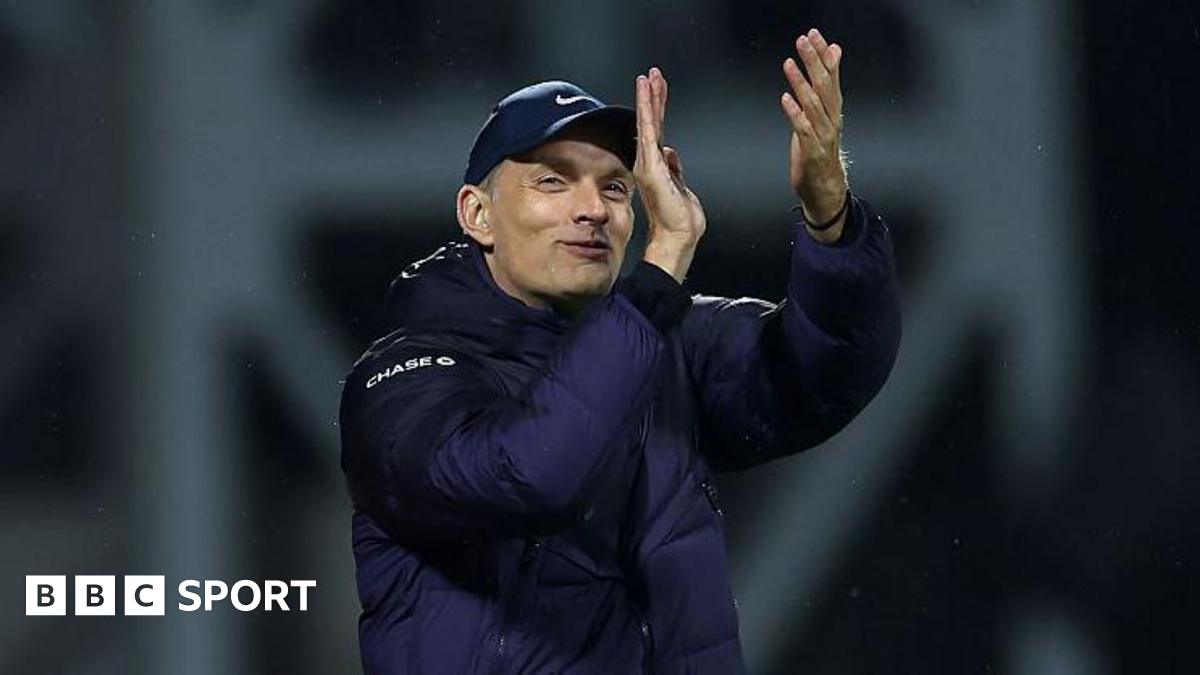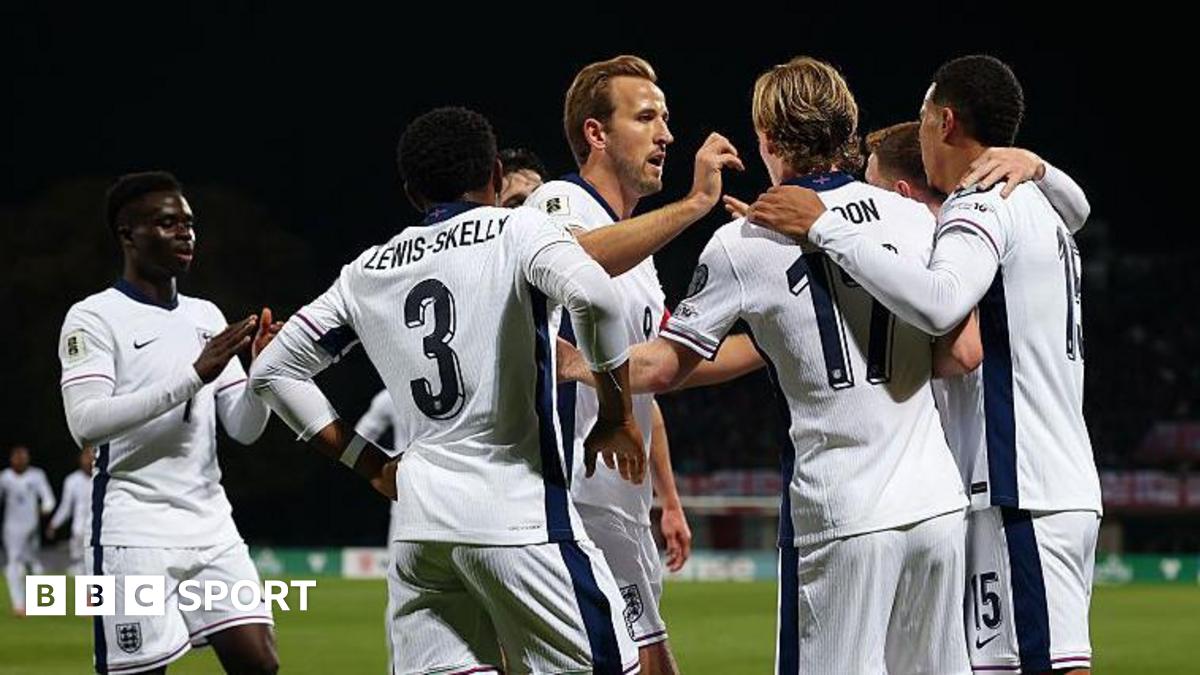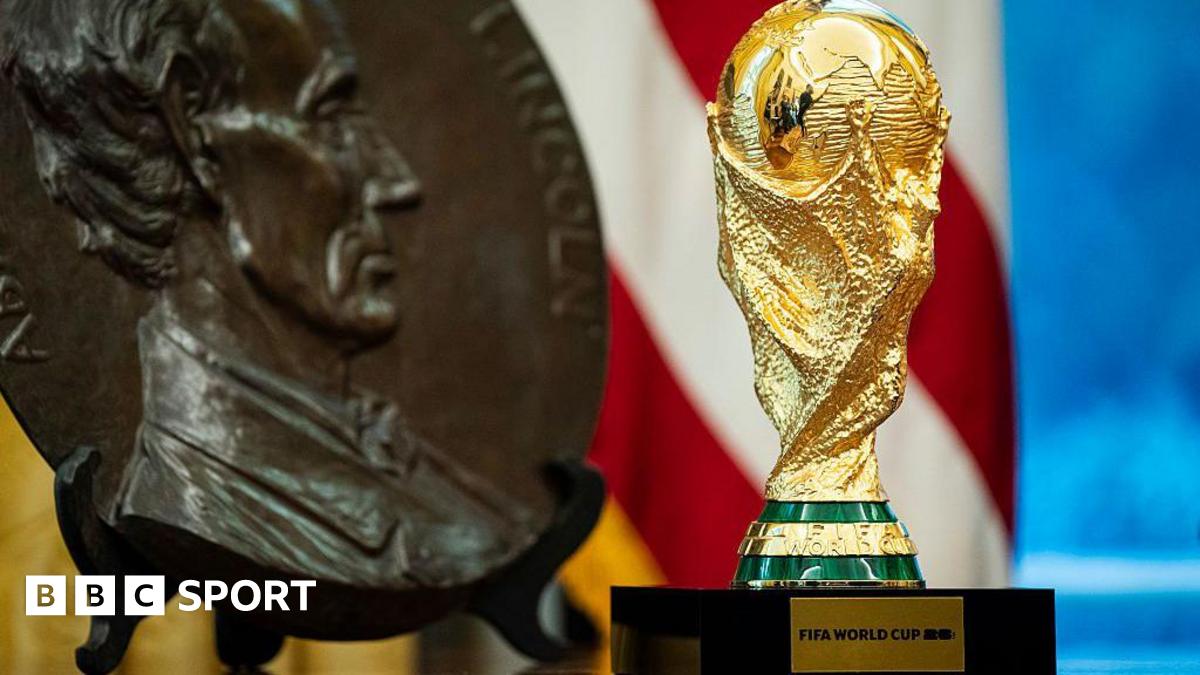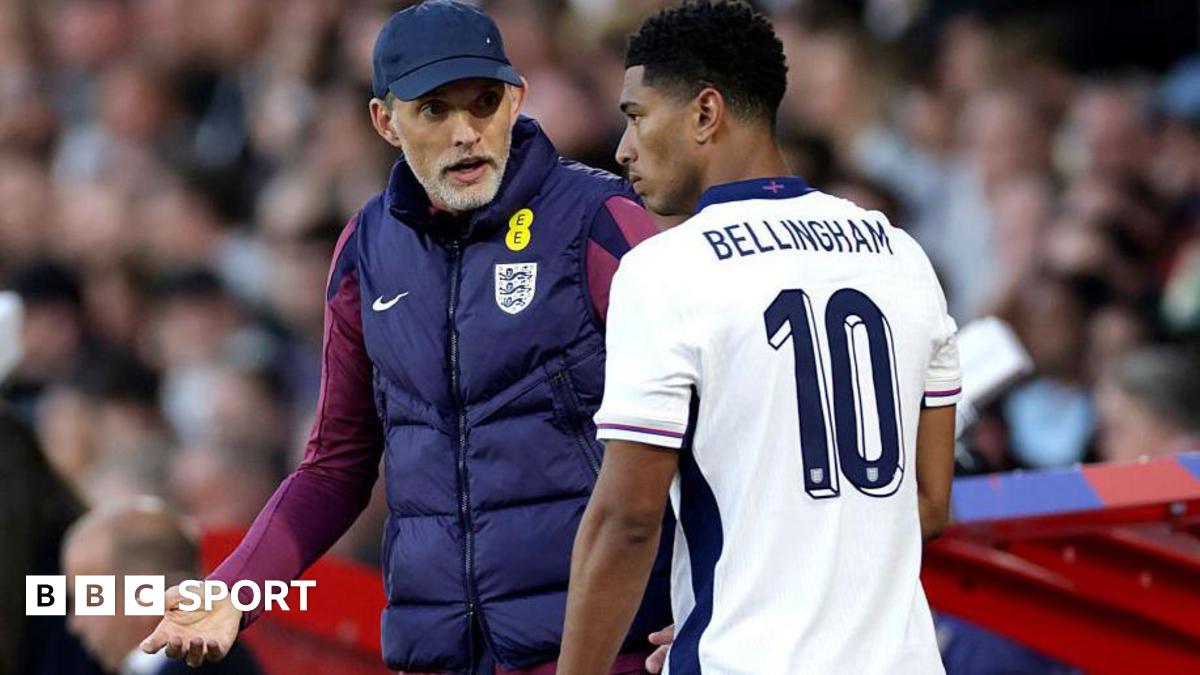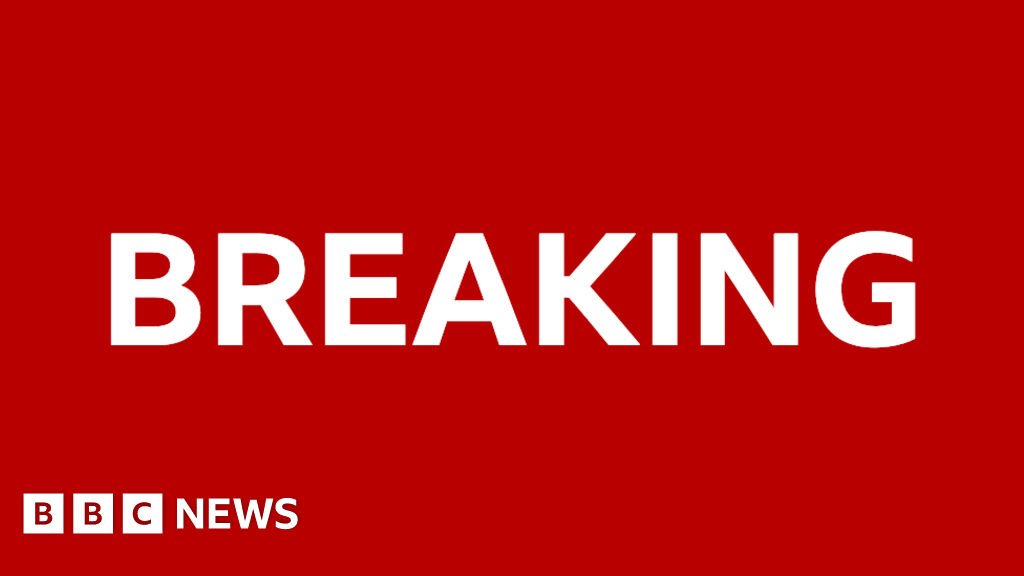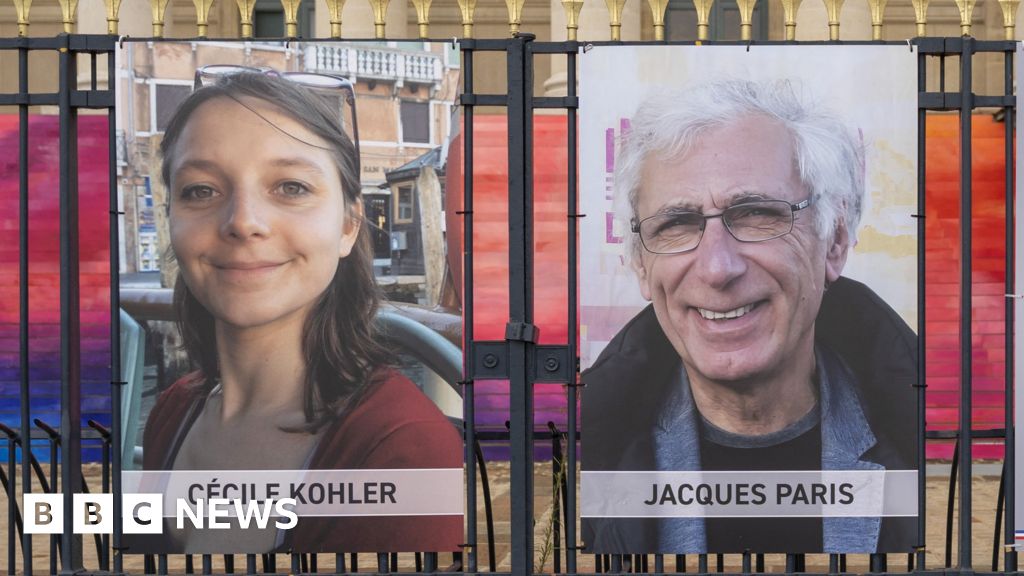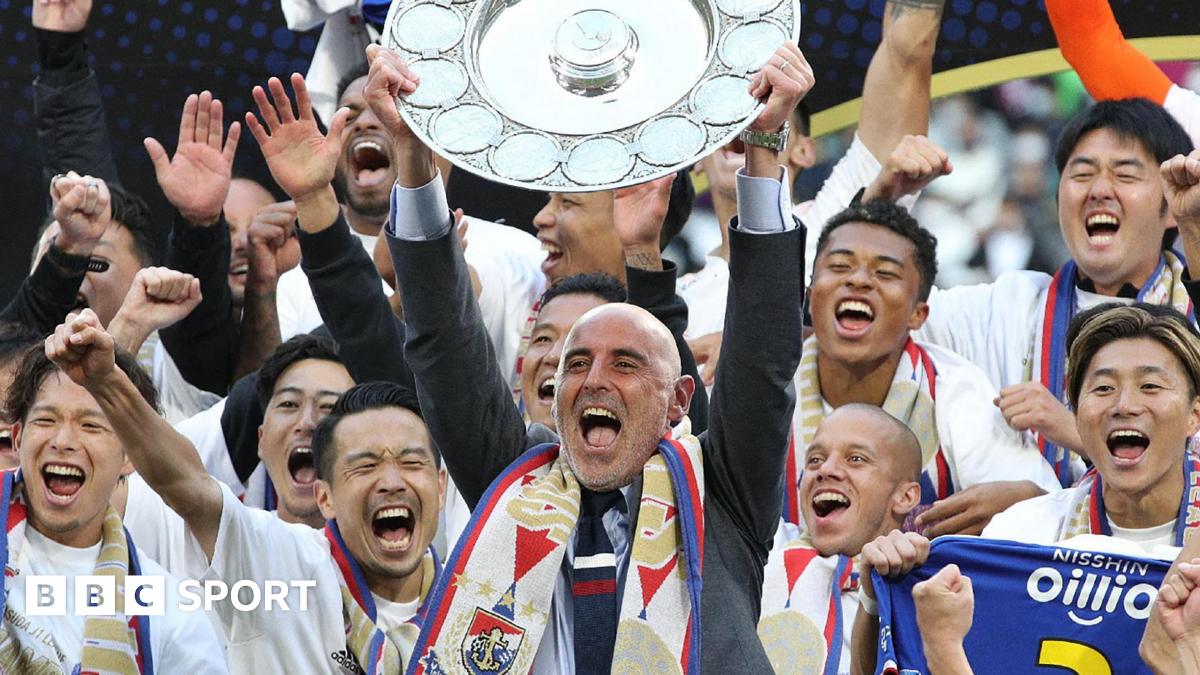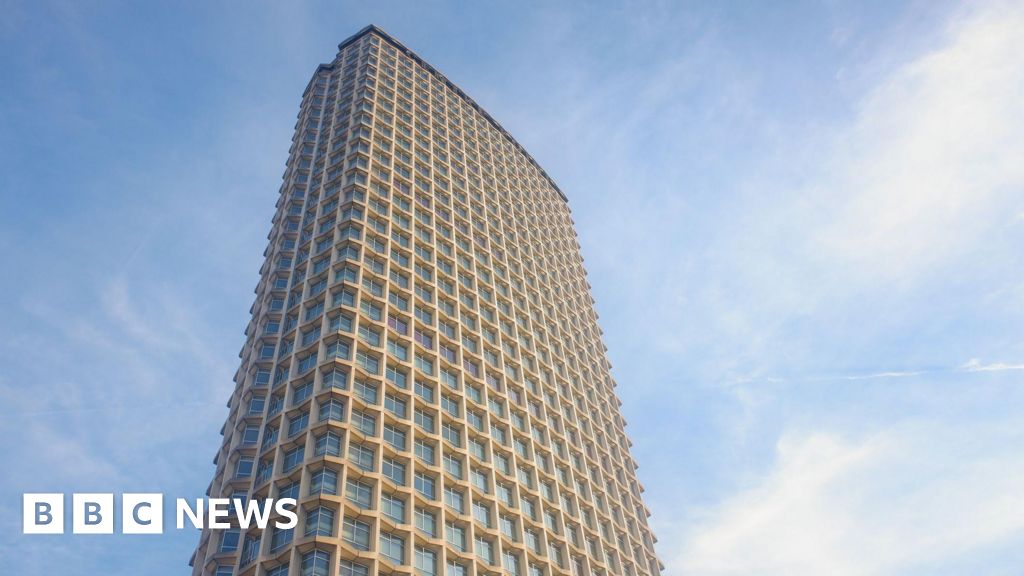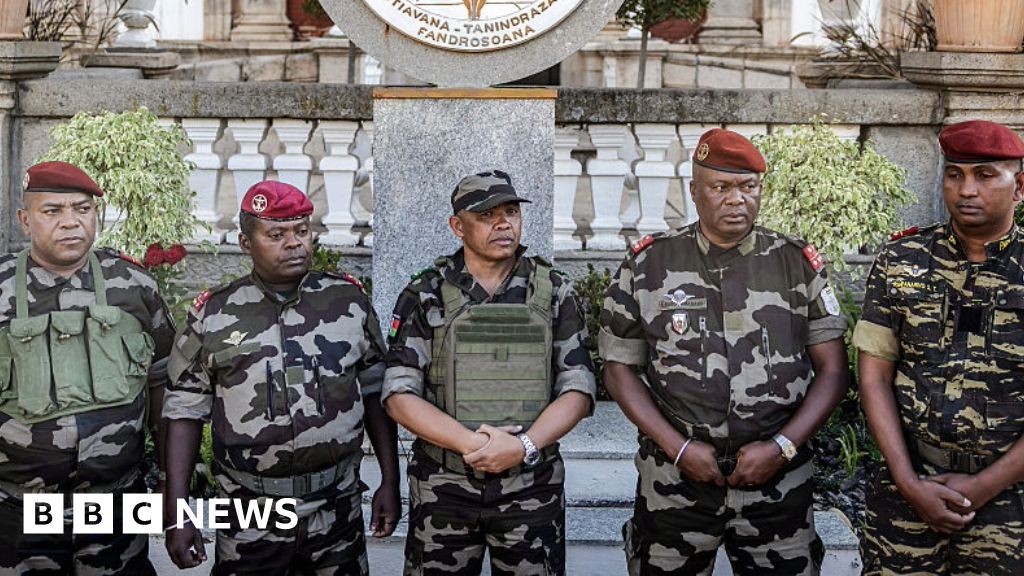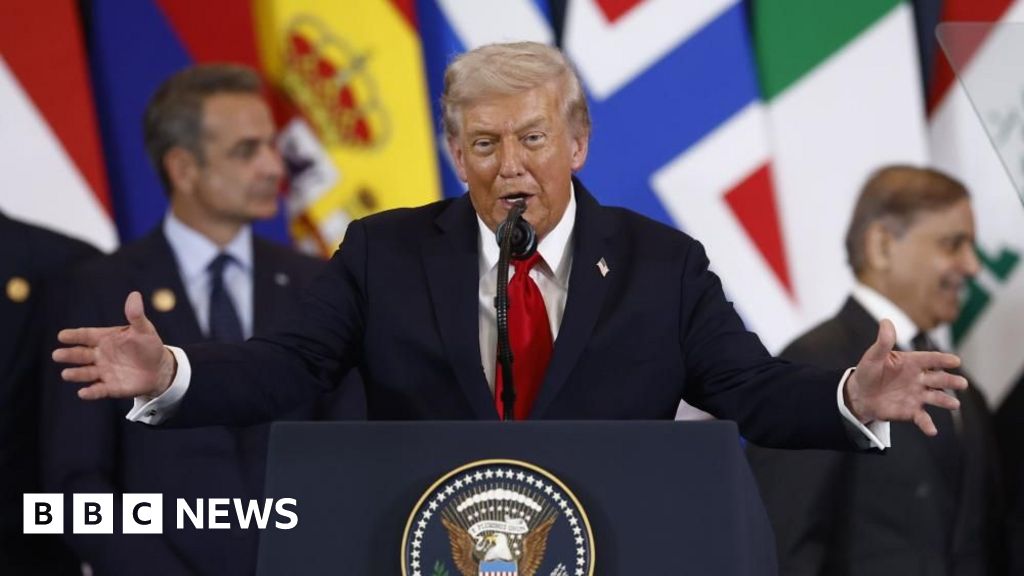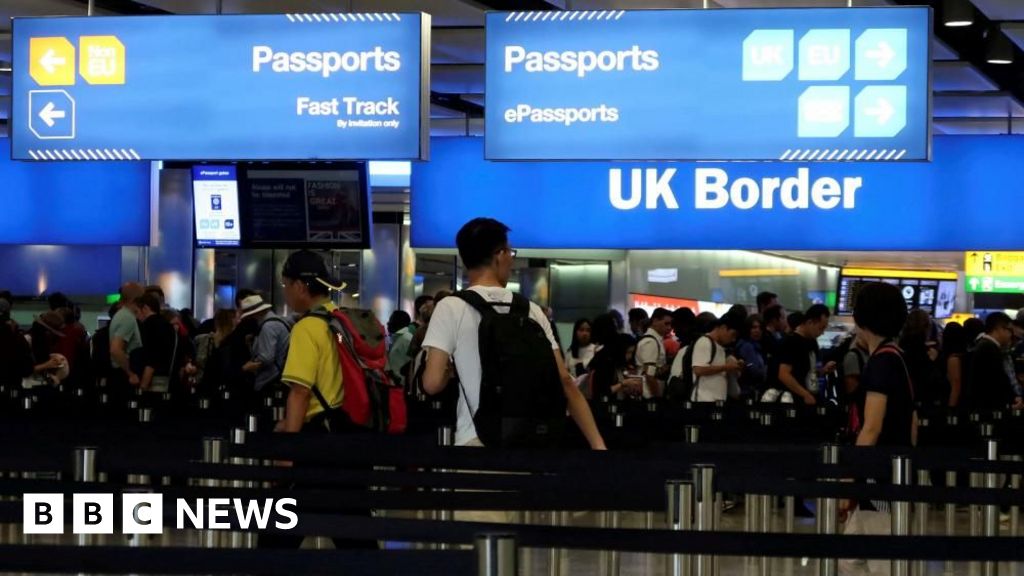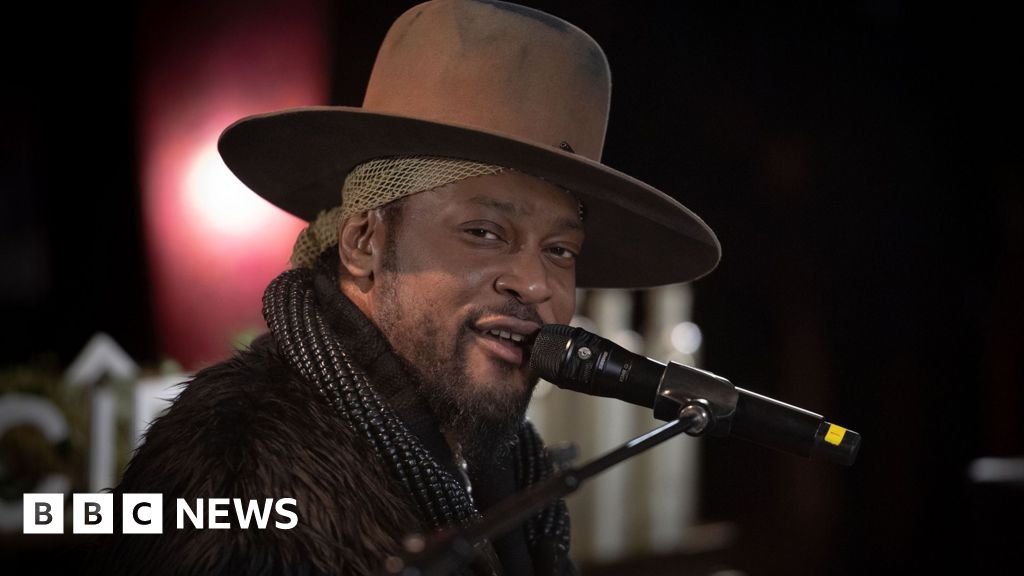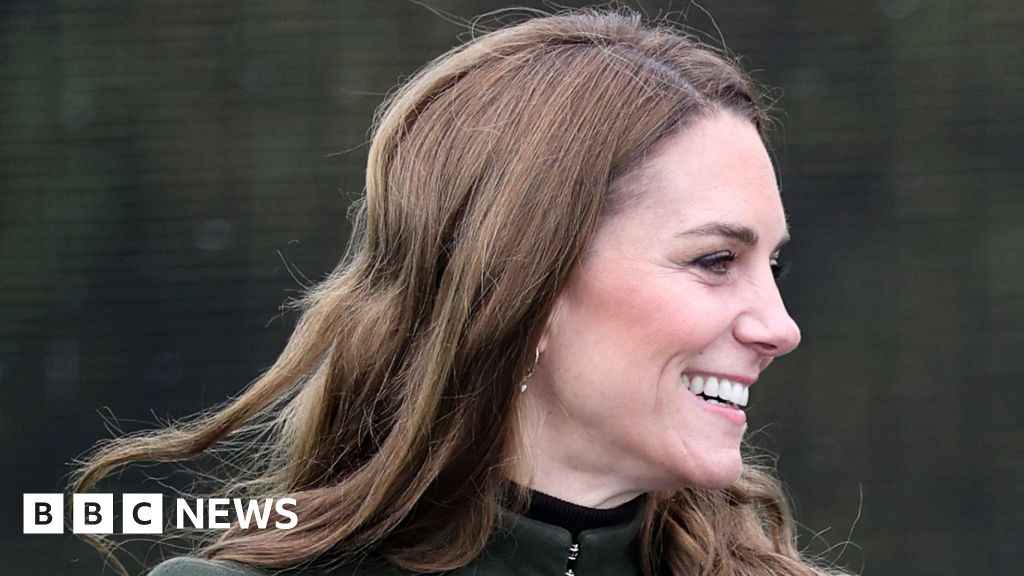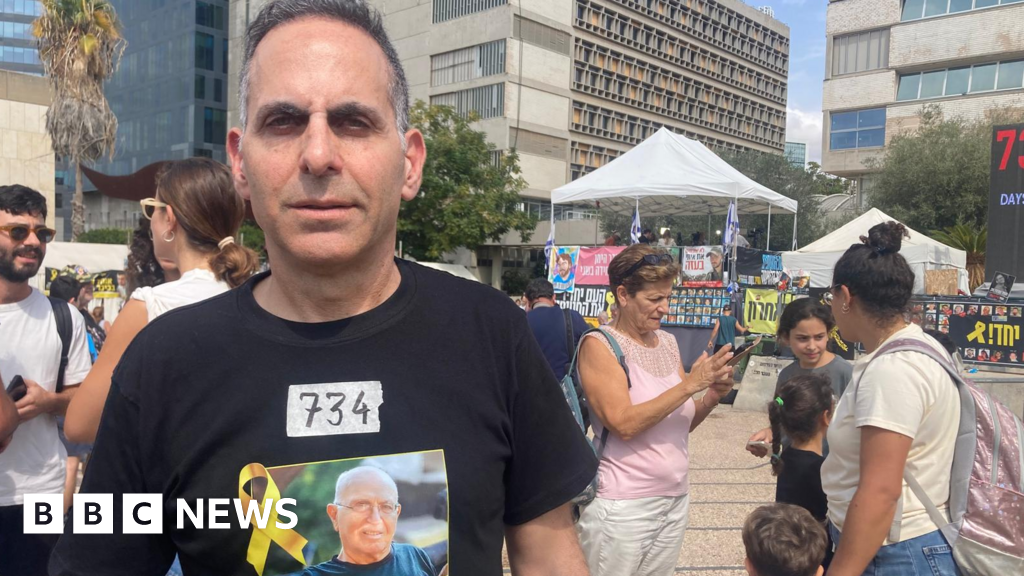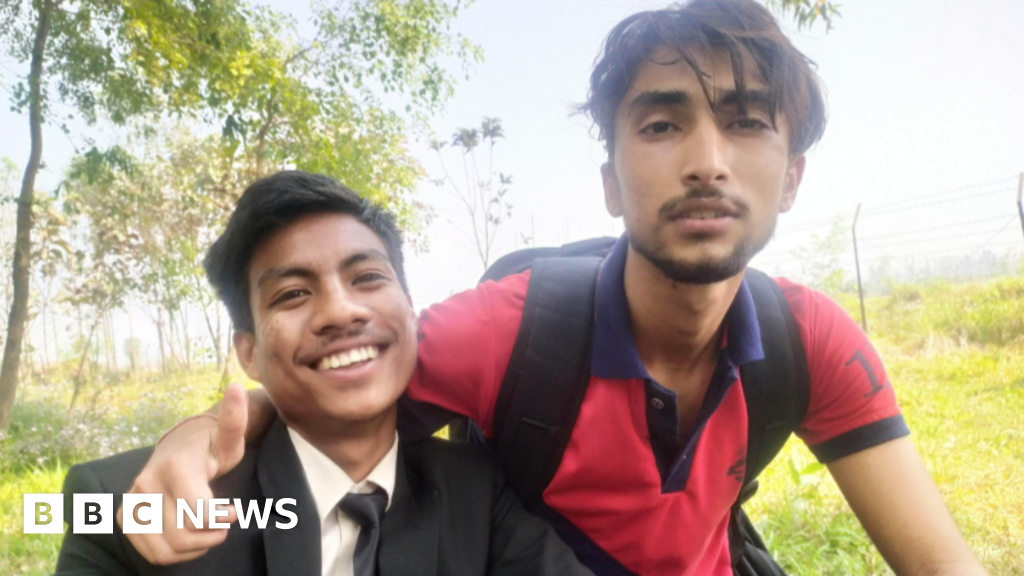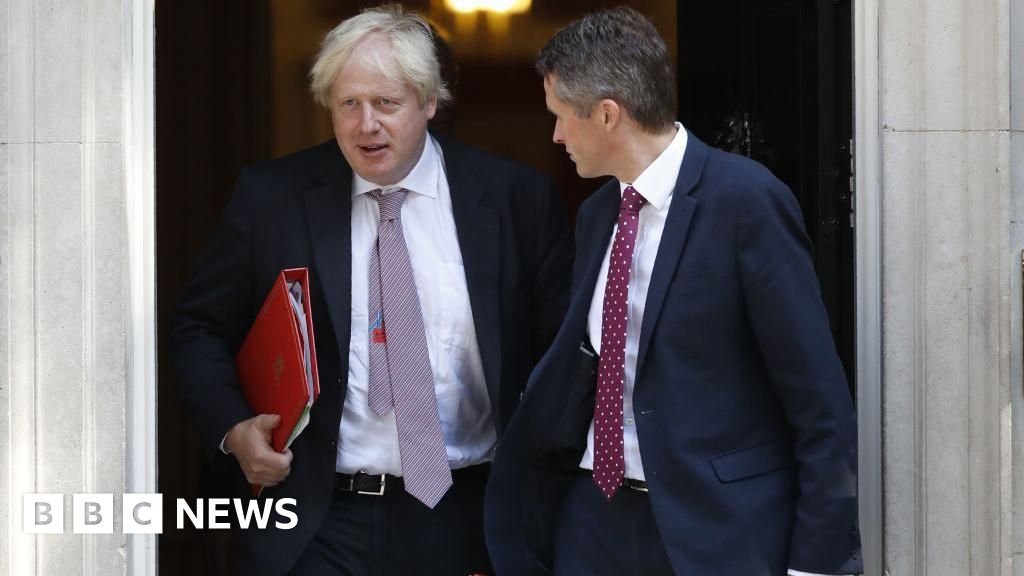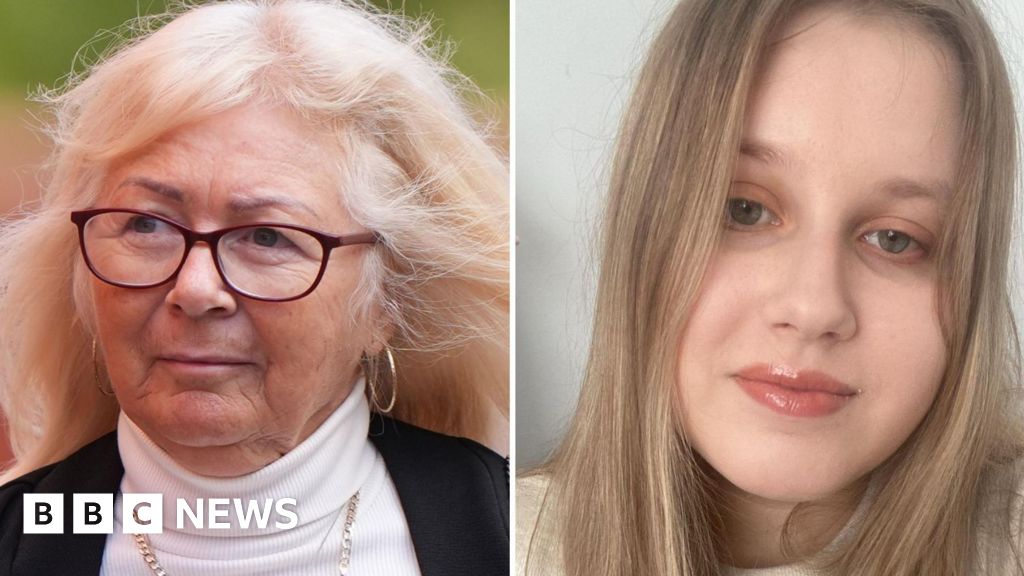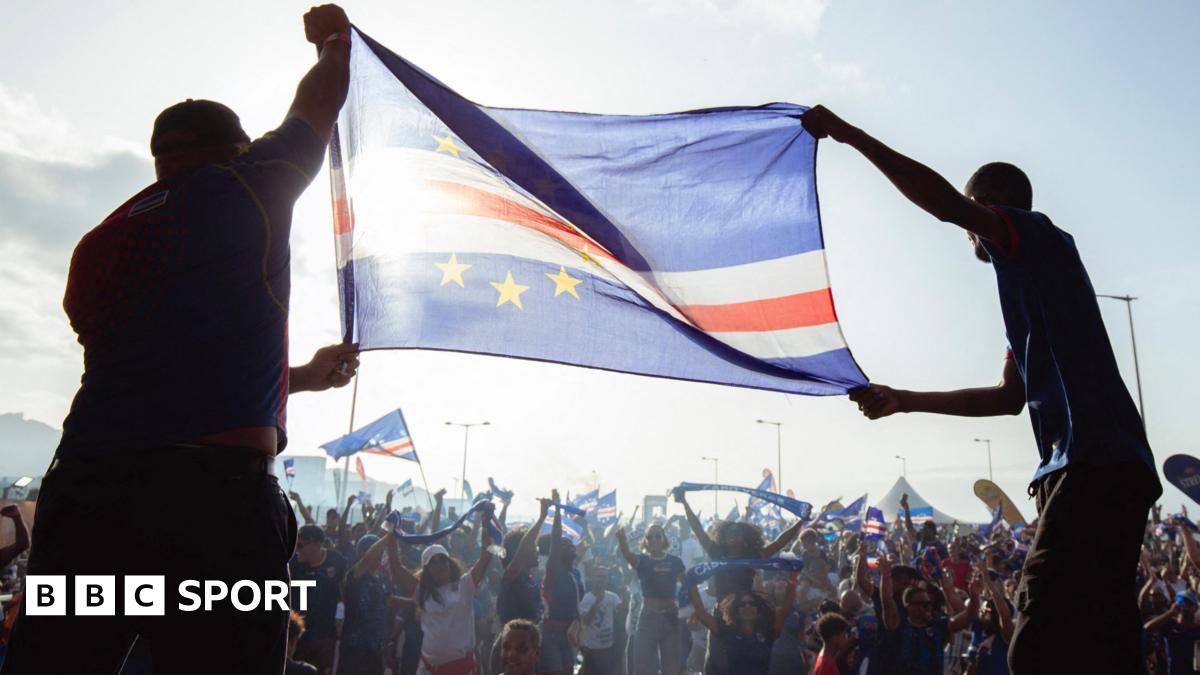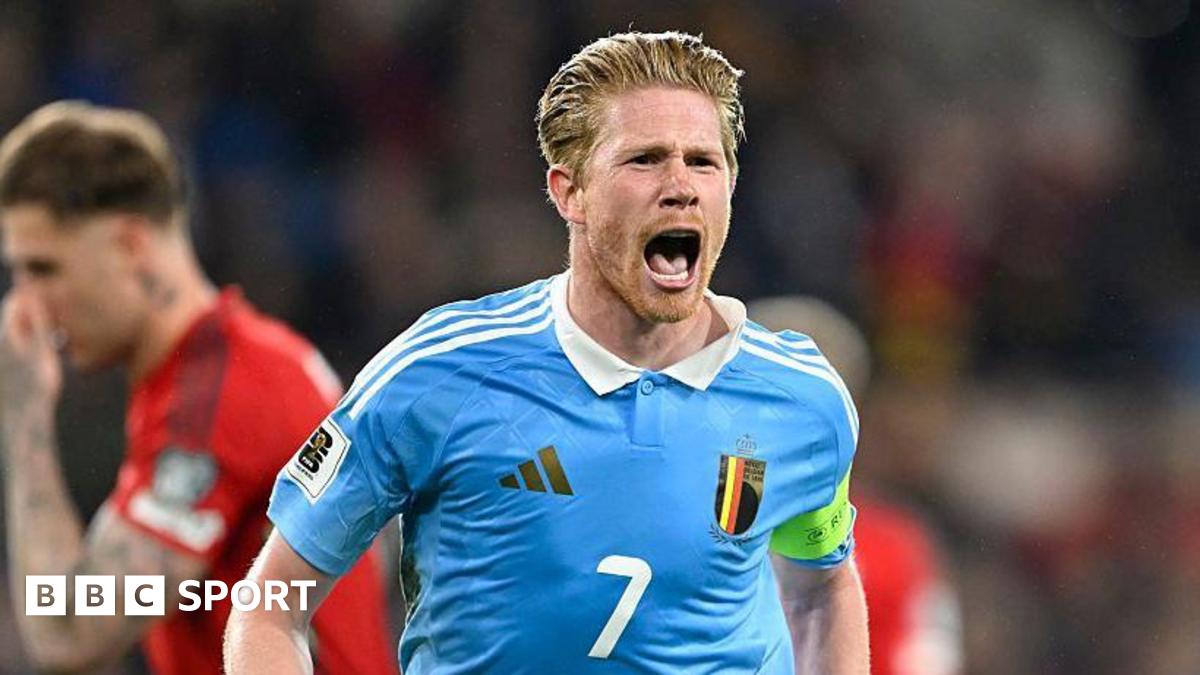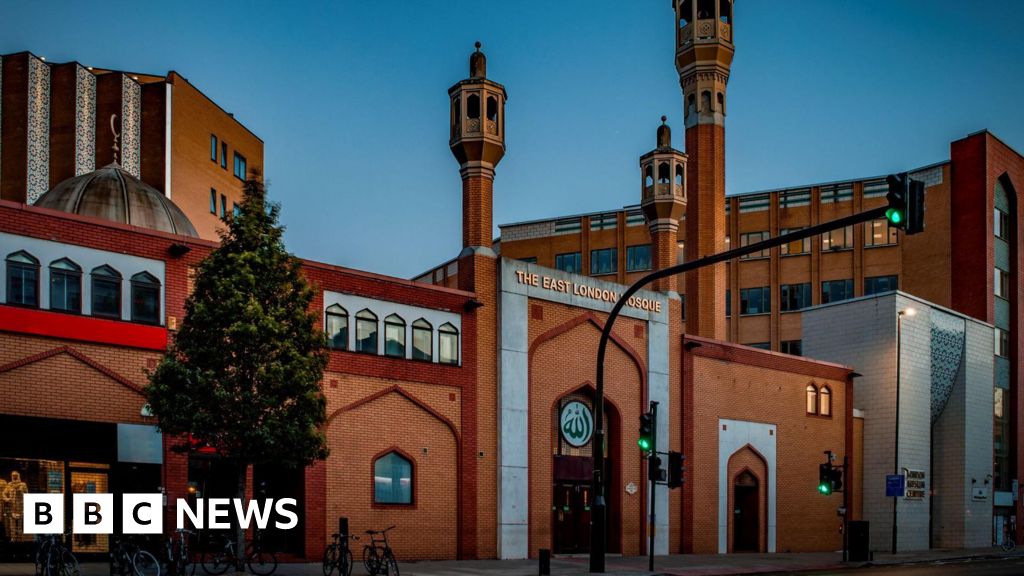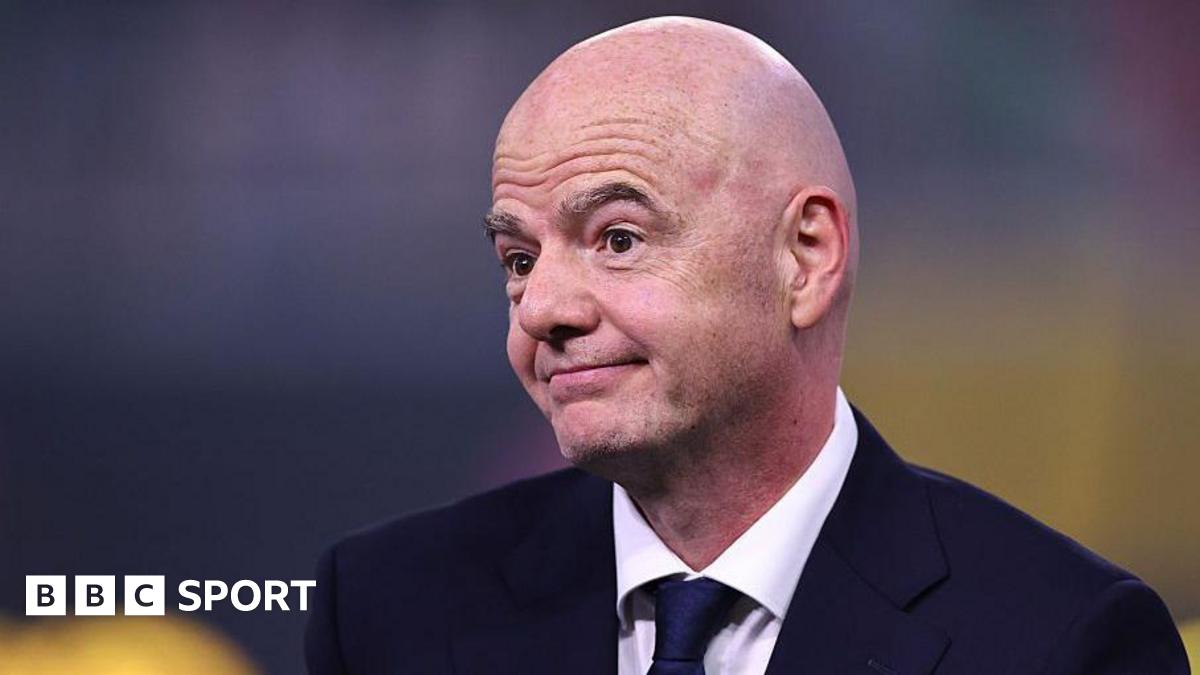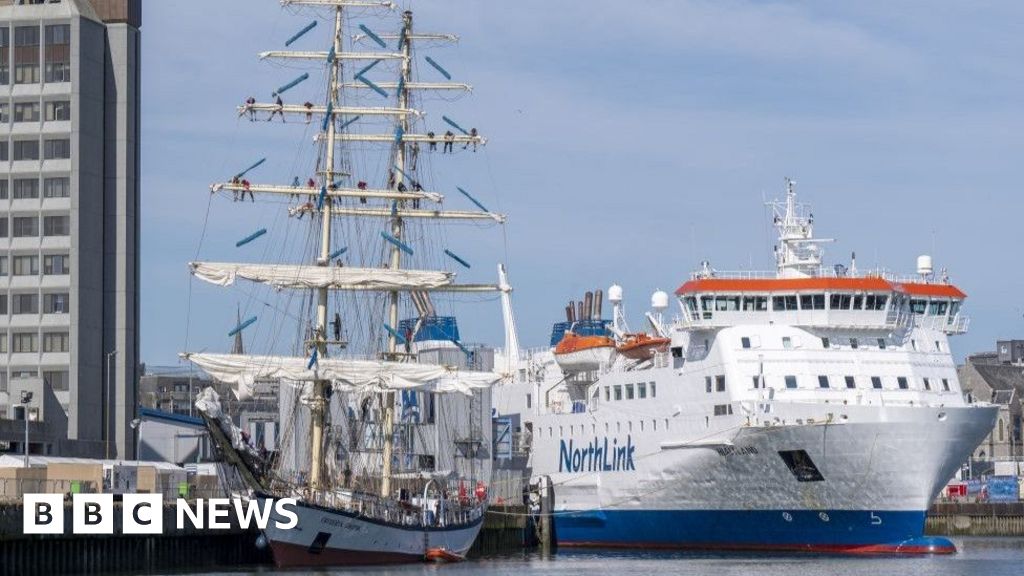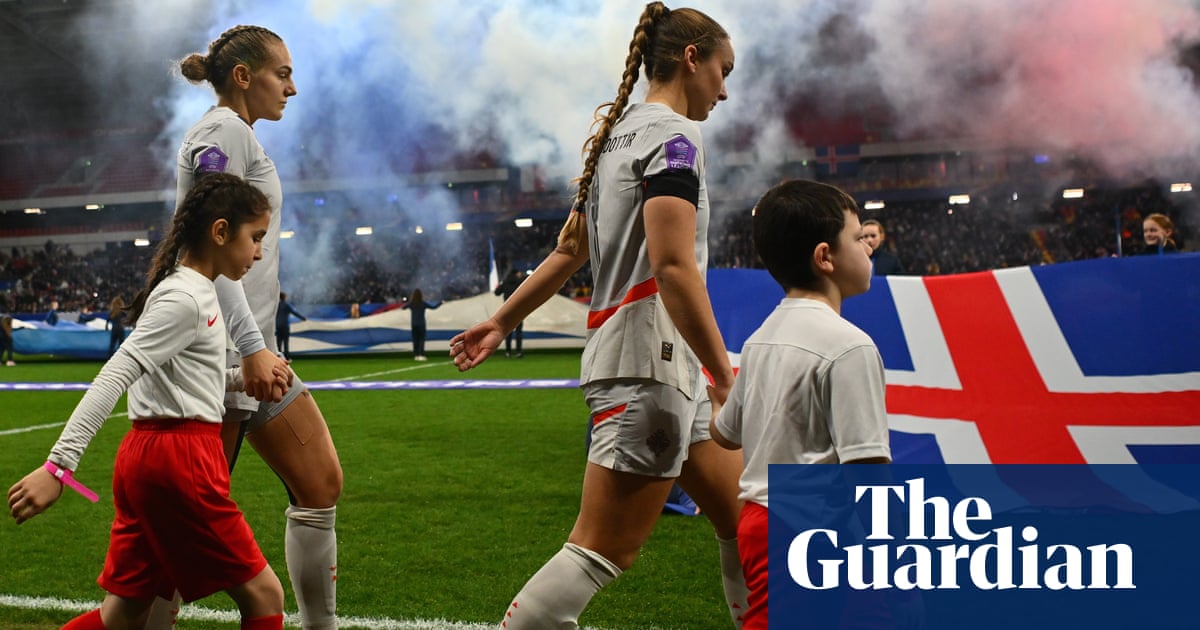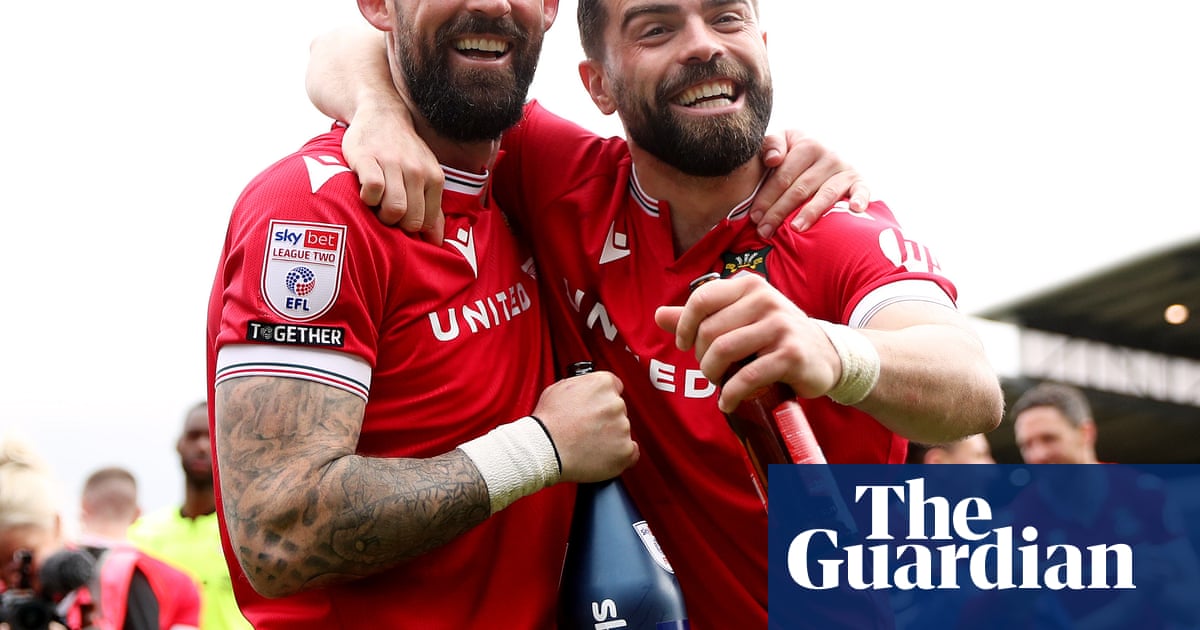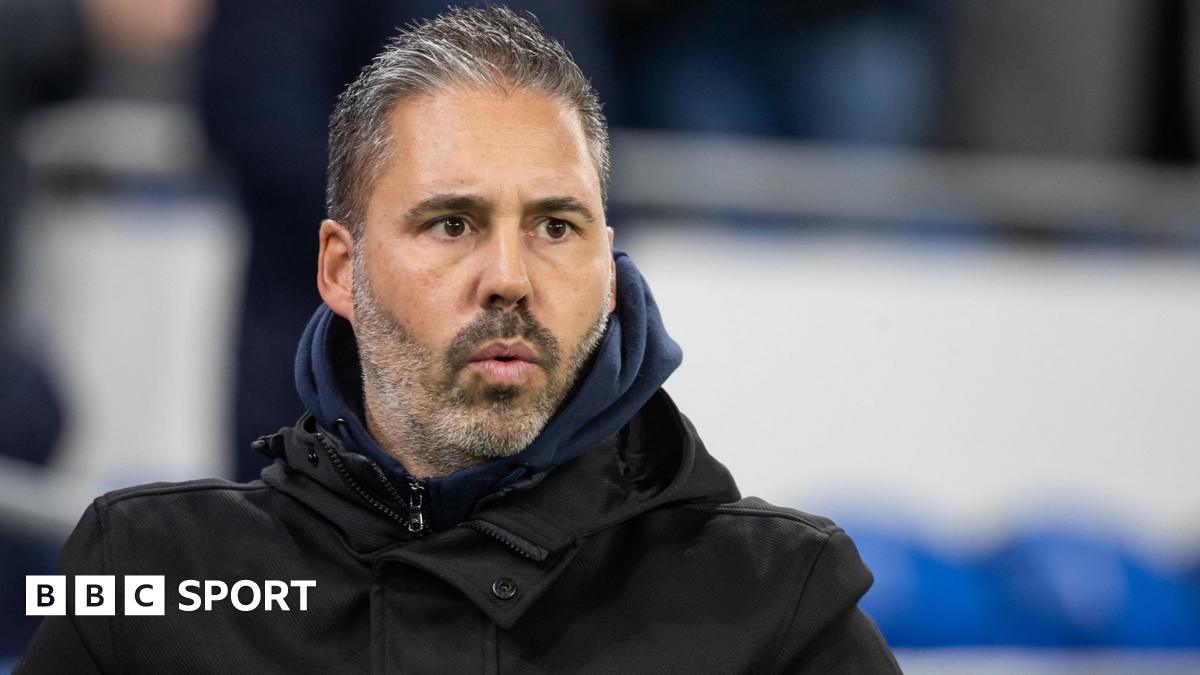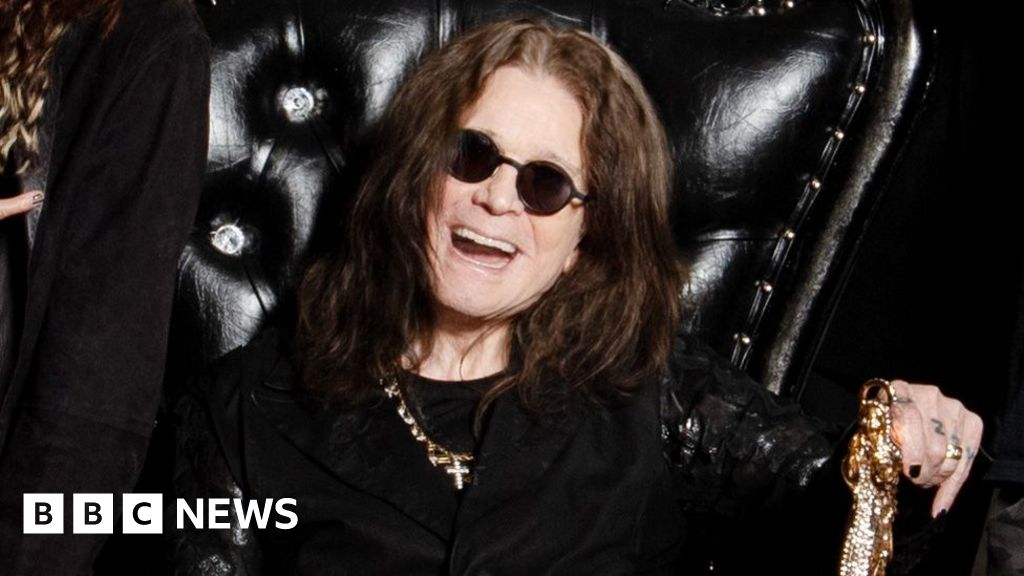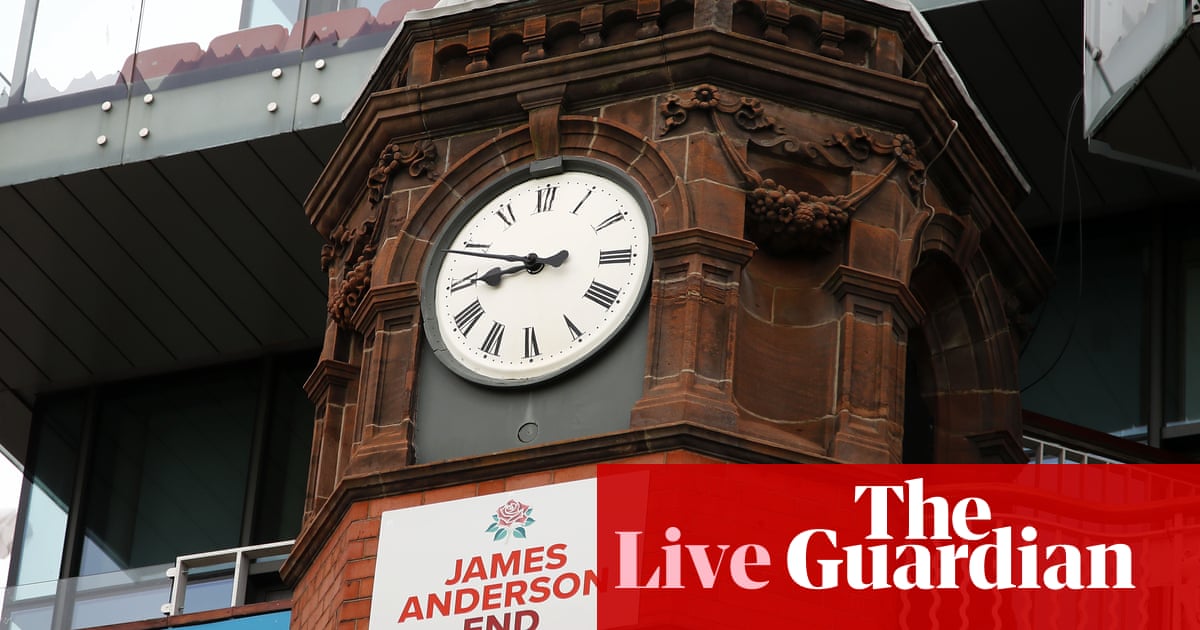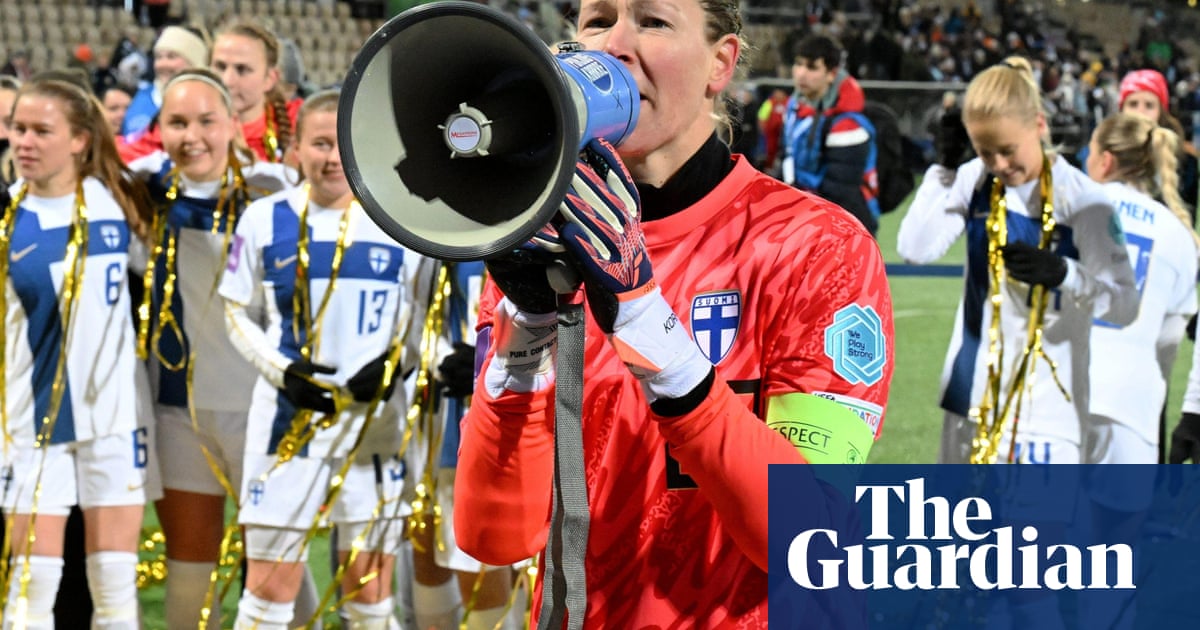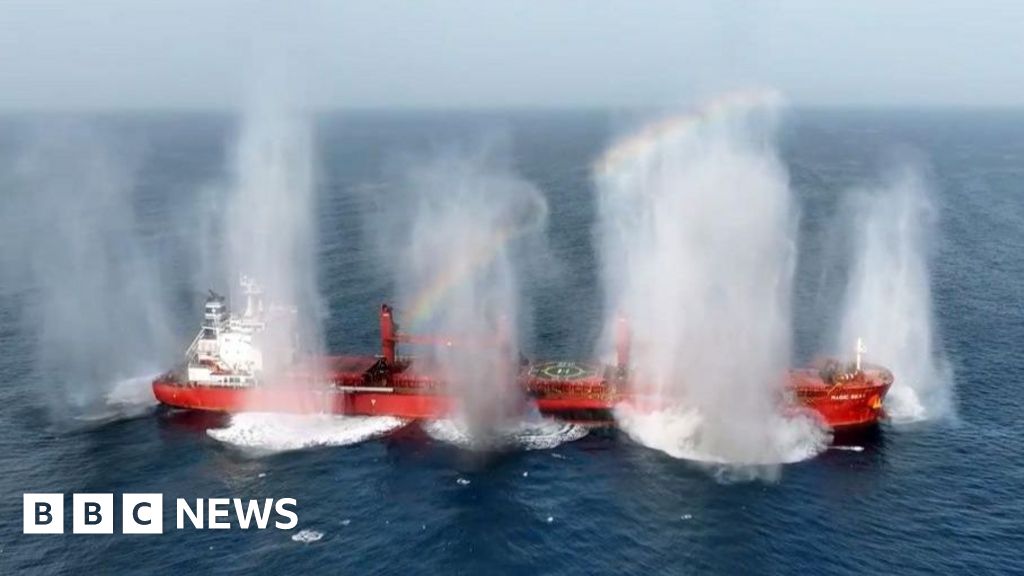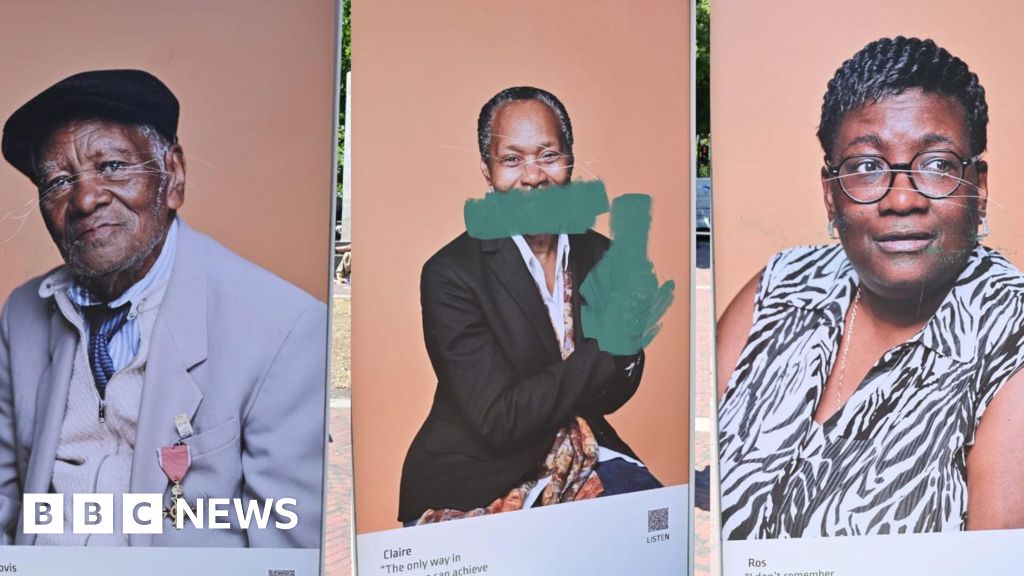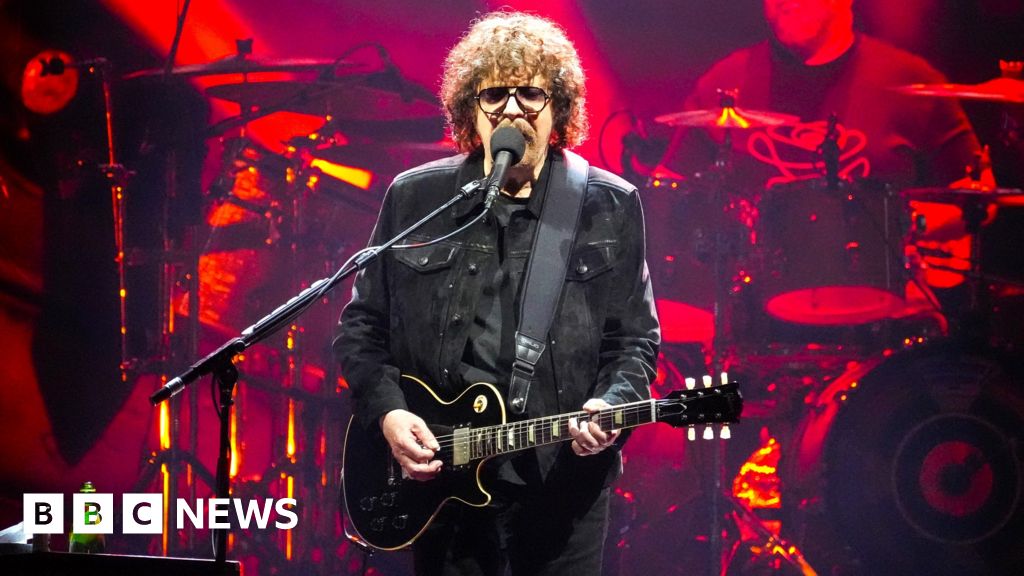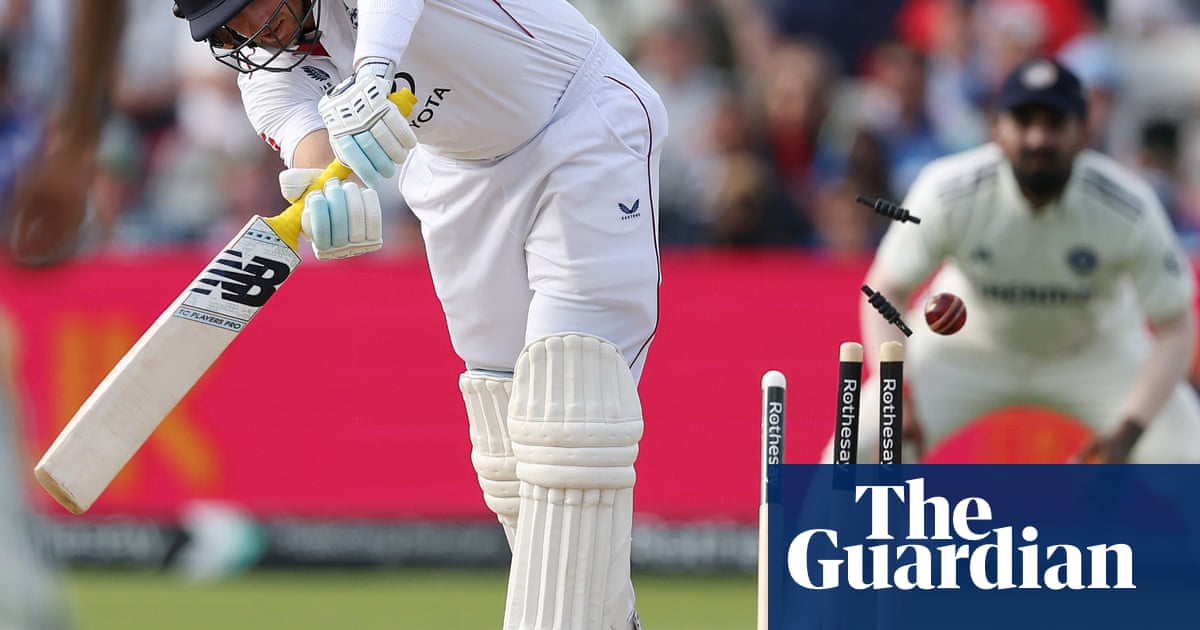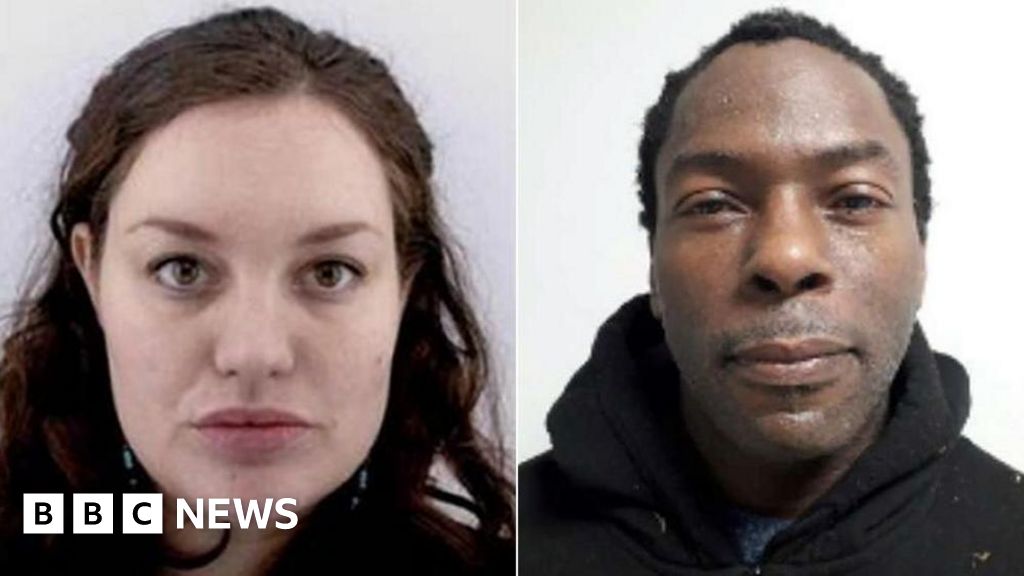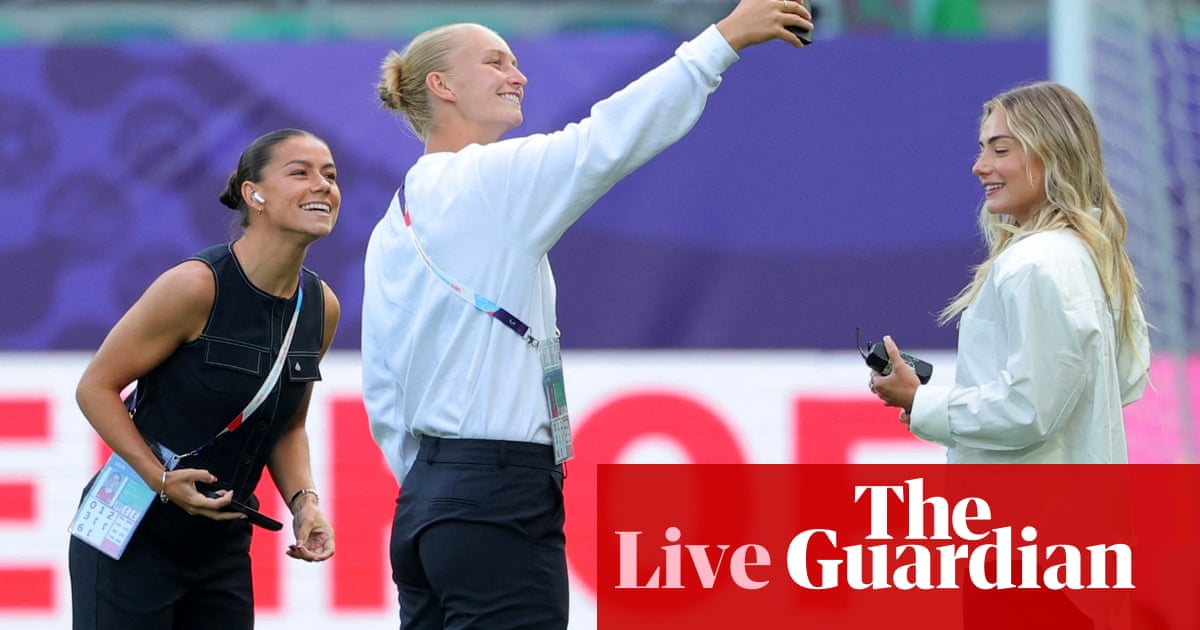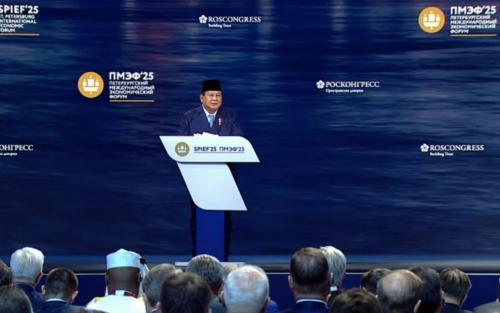Tom BatemanState department correspondent travelling on Air Force One
Watch: "I'm talking about rebuilding Gaza", Trump tells the BBC's Tom Bateman
US President Donald Trump's day-long trip to the Middle East came as the Gaza deal was clinched: an agreement coming into force amounting to one of the most critical moments yet after two years of catastrophic war.
Painting as he does in primary colours, Trump's portrayal was vivid - of the biggest turning point in three millennia. On the return flight in the early hours of Tuesday, he reflected that it had been a "historic day, to put it mildly". He had earlier suggested "everlasting peace" had been grasped under his tutelage, in a region long convulsed by violence.
As part of the White House press corps, we were travelling on Air Force One – which is how I found myself at the centre of this US diplomatic tornado.
As we headed for Tel Aviv, the presidential plane took a turn to do a fly-by of the beach. It dipped a wing so we could get a view of a giant sign atop the sand that said "thank you" to Trump, and featured the Israeli flag as well as an outline of the US president's head in profile.

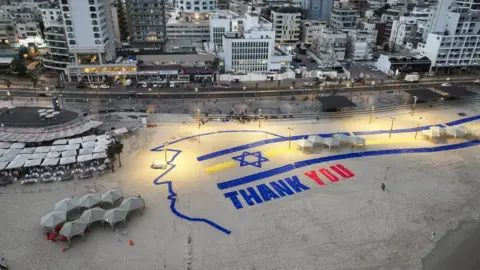 Reuters
Reuters
The manoeuvre set the mood for a trip that was a victory lap, rather than an exercise in setting out the punishing detail for starting "phase two" of the negotiations and securing a longer-term future for Gaza.
The agreement made in Doha last week was under intensive pressure on the sides from Trump. It marked one of the most profound moments for millions of people in the last two years: major combat operations in Gaza ceased, the remaining living hostages held by Hamas released in exchange for Palestinian prisoners held by Israel, and Palestinians in Gaza returning to the ruins of their homes in the north amid a partial withdrawal by Israeli troops.
But I found Trump's journey was in fact to a waypoint, not a destination - a fragile truce in a century-old conflict which shows no real signs of being solved.
The most immediate question hanging over the trip was whether Trump's deal could hold - and whether more intensive, arguably harder, negotiations could now build on it.
During the flight, Trump came back to speak to us. Standing in the doorway as we crowded around, he clearly wanted to build up the sense of achievement, frequently referring to his own role in negotiating the deal.
"Every country is dancing in the streets," he said repeatedly. I pressed him on whether the ceasefire would stay intact. He was confident it would, saying there were "a lot of reasons why it's going to hold". But he glossed over the really big questions about what comes next, particularly how to secure and govern Gaza.
I asked him about the proposed multinational force, or International Stabilization Force (ISF), outlined in his 20-point plan but whose existence has yet to be agreed by the sides.
"It's going to be a big, strong force," said Trump, adding that it would "barely" have to be used because "people are going to behave, everybody knows their place".
On the tarmac in Tel Aviv, Israeli Prime Minister Benjamin Netanyahu greeted Trump with a red carpet and a military band. We then zoomed off in the motorcade towards Jerusalem, along the Route 1 motorway which had been completely cleared for the presidential convoy.
The same day, thousands watched a giant screen in a public plaza in Tel Aviv that has become known as Hostages Square. They shed tears of joy and relief as the hostages were released by Hamas in Gaza. Trump's arrival was the other half of this split-screen moment – pictures were beamed out of the US president setting foot on Israeli territory.

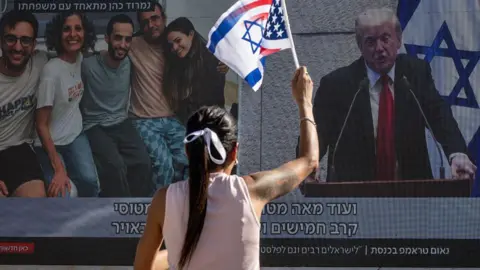 Getty Images
Getty Images
Crowds in Tel Aviv watched side-by-side footage of the hostages' release and Trump's visit to Israel
In the chamber of the Knesset, or Israeli parliament, the mood was altogether more raucous than that in the streets. Emblazoned on the red baseball caps handed out by staff, and worn by some of the audience, were the words: "The president of peace". Spectators shouted from the gallery behind me: "Thank you Trump." Lawmakers hammered their desks. Trump hailed a "historic dawn of a new Middle East".
He also wanted to leave little doubt the war was over, and it seemed he expected it to stay that way: Israel, he said, with America's help, had won all that it could "by force of arms". His speech meandered into extensive attacks on his political opponents in the US. He praised a major donor to his election campaign seated in the gallery.
And he even appealed to Israel's president, Isaac Herzog, seating next to him, to pardon Netanyahu, who is on trial for corruption – charges that the Israeli PM denies. "Cigars and champagne, who the hell cares about that?" Trump exclaimed, referencing the allegation that Netanyahu accepted pricy gifts.
Watch: Emotional reunions as freed hostages return to Israel
The White House press officers who chaperone the press pool - the "wranglers" - took us back into the press vans and the motorcade made its way back to Ben Gurion airport after fewer than seven hours in Israel.
We took the short flight to Sharm el-Sheikh in Egypt; location of the mediated talks between Israel and Hamas that led to last week's breakthrough. On our descent, Egyptian F16s escorted us - the ultimate show for the president who loves displays of military might. Trump had wanted to celebrate every minute of the day.
But the dangers in this region are many, and the risk seemed clear that he was declaring the ultimate deal before really landing it.
That was reflected in the giant sign, written in capital letters, above the presidential podium in Sharm el-Sheikh: "PEACE IN THE MIDDLE EAST". There, I watched the extraordinary sight of world leaders filing into a room to stand behind Trump as he made his speech hailing peace. They lined up in front of their national flags and listened as he listed their countries one by one. Trump had been introduced to the stage by the host, Egyptian president Abdel Fatah el-Sisi, who said that the goal remained a two-state solution between Israelis and Palestinians.
Trump has changed his position markedly since the start of this year. He became increasingly irritated by the Israeli leadership and was drawn closer to his friends in the Gulf. That came amid a diplomatic move by the Europeans to isolate Israel over its escalating campaign in Gaza and to get the Saudi leadership onboard with their vision. Trump then shifted, drawn by his Gulf allies – whose wealth and "power" he frequently referred to during the drip.
Trump presided over the signing ceremony in Sharm saying it had taken "3,000 years" to get here. But there are still many more years to go - and it will take more than one man to get there.
Watch: 'Indescribable happiness' as detainees return to Gaza
.png)
 7 hours ago
3
7 hours ago
3
